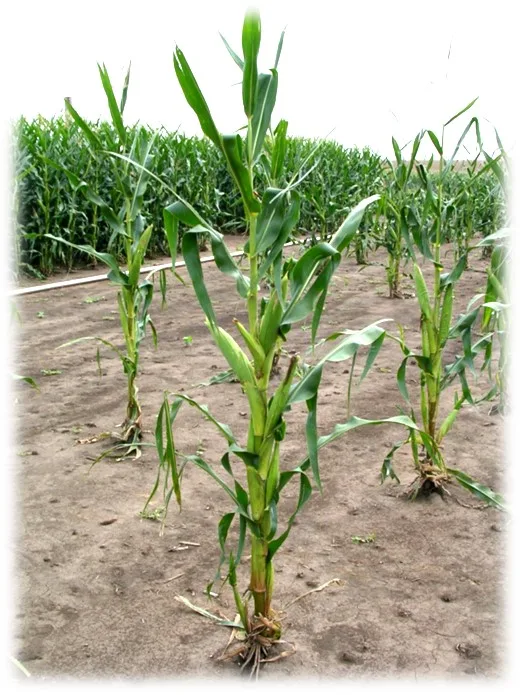One of the smartest things I’ve heard anyone say was Johann Zietsman’s comparison of corn farming and beef production. The rancher-consultant from Zimbabwe said if corn farmers thought like beef producers, they would space their plants far apart and try to maximize the number of kernels per ear and the number of ears per plant. They would think nothing about yield per acre. In the end, they would surely go broke.

This is pure, sound logic, and yet the cow business has been chasing profit per corn plant … er, I mean per cow … for 50 years and more. In fact, we don’t really even measure profit per cow but only production per cow, with little attention paid to net profit at all. No wonder our industry’s average net return is so low, commonly averaging 3%. Of course, there exist cow operations that make 10% or more and those which lose money nearly every year.
Texas economist Stan Bevers says cow operations are asset-management operations – meaning the investment money goes into assets with very low turnover – and the largest asset is nearly always the land. Usually, the second-largest asset class is the cattle. Yet the profit-per-cow mindset overlooks the natural tendency to make bigger cows so they require more land, thereby increasing cost per unit of production in two ways.
If we also consider that when managed grazing is properly executed, it has been shown by hundreds of practitioners across the nation – indeed around the world – to improve the land’s productivity over time. That means we can run more units of production (cows) on fewer acres, thereby lowering our cost of production.
If we at the same time select cattle that are well-suited to forage, moreover well-suited to the very high-density grazing which allows us to improve the land faster and produce even more pounds of beef per acre, we are also selecting for animals that lower our cost structure further.
There is a counterintuitive outcome of profit per cow that needs to be explored. When we focus on the cow exclusively, the side effect is bigger, higher producing cows and lighter and lighter stocking rates – exactly the path we’ve taken.
We talk about how much our calves weighed on sale day and whether they topped the sale in price. Instead, we should be measuring our net profit per acre, and secondarily asking whether each cow is paying her way by producing a calf every single year and doing it at very low cost.
We should also stay out of the coffee shops and co-ops if we can’t learn to ignore the neighbors’ drivel about how much their calves weighed.
At the end of the day production has to be measured in KGS per ha just the same as with crop farming.. If not you are gone. That is something I learnt at Cedara Agriculture college from my Animal Husbandry lecturer back in 1969!! Thank God I did.
Highly descriptive blog, I loved that a lot.
Will there be a part 2?